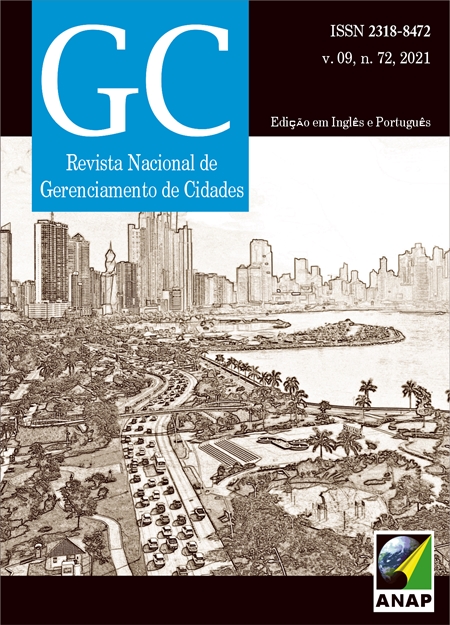Analysis of sidewalks and facades in a stretch of urban beach fringe
DOI:
https://doi.org/10.17271/2318847297220212983Palavras-chave:
Walkability. Attractiveness. Active facades. Complete streets.Resumo
Attractiveness to walkability is seen as one of the fundamental factors that contributes to walking on foot in cities. In assessing the quality of the anthropic environment, some methodologies for diagnosing walkability indices take this factor into account. The objective of the research is to analyze the interaction between people, sidewalks and facades in a stretch of urban beachfront, related to factors that attract the daily practice of walking. Taking as a case study the applicability of the walkability index in a beachfront sector in the city of Ilhéus, in the state of Bahia, specifically with regard to its “Attraction” category, and analyze the results obtained compared to other similar studies. In the methodology used in this study, of qualitative and quantitative evaluation, “Attraction” is a category evaluated through four indicators related to facades and uses of urban land. In addition to the walkability analysis, we sought to ascertain the influence that “active facades” and “complete streets” are capable of exercising on the visual interconnection between the activities inside the buildings and the sidewalk segments that confront them, which are fundamental in promoting urban life. Regarding the results obtained, the final calculation showed that the aforementioned category, with regard to pedestrians, proved to be deficient, possibly due to the fact that the interaction between facades and streets is still being planned, prioritizing the circulation of cars, to the detriment of the human scale of pedestrians and active urban mobility.















